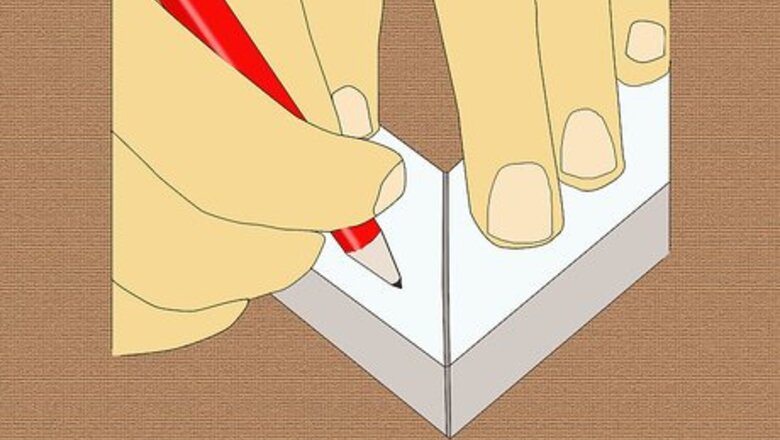
views
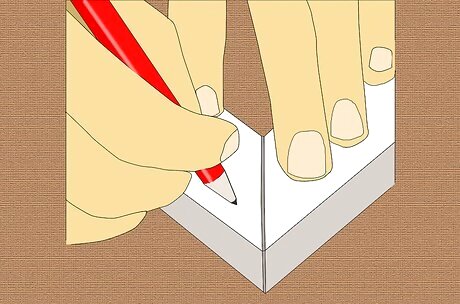
Mark the location of your intended hole with a pencil. If it is crucial that the screw is installed in a precise location, you may want to mark the spot with a pencil on the material. Use a ruler to determine your intended location (usually by measuring the distance from the edge of the material's surface), tracing along the ruler with a pencil. At the desired distance along the line you drew, make a small mark with the pencil.
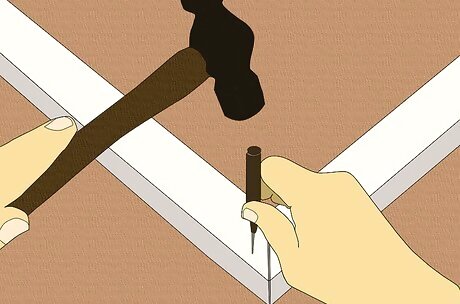
Create an indentation using a center punch. A punch is a small, slender tool with a pointed end that allows you to create a small indentation in the work surface. This indentation will help keep your drill bit from slipping when starting the pilot hole. Position the tip of the punch over your pencil mark, and then strike the punch gently with a hammer.

Determine the appropriate size bit for drilling your pilot hole. As a general rule of thumb, your pilot hole should be slightly smaller than the diameter of your screw. This will remove as much material as possible, which will reduce the likelihood of splitting, but will still leave enough material for the screw's threads to grip into. Exact recommendations for pilot hole diameters based on screw sizes can be looked up online. However, a visual check of your drill bit against the screw will suffice for most applications. It is best to err on the smaller side when choosing a bit; a pilot hole can always be made bigger, but not smaller.
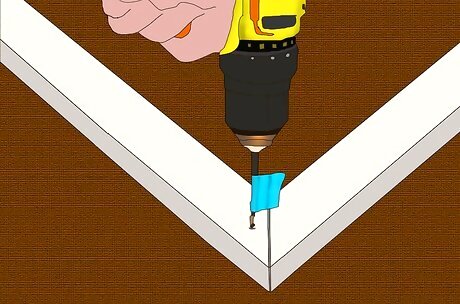
Drill the pilot hole. After choosing a bit and fitting it into your drill, position the tip of the bit into the indentation you created with the center punch. Holding the bit at the angle you want the screw positioned, drill the hole to a depth equal to the screw's length. Back the bit out carefully.
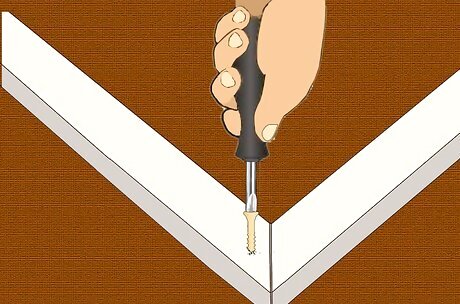
Install the screw. Once the pilot hole is drilled, you can install the screw. Fit your drill with a screwdriver bit and position the screw's tip into the pilot hole. Drive the screw in, being careful to angle it to follow the path of the hole. Repeat this process for each screw used.




















Comments
0 comment